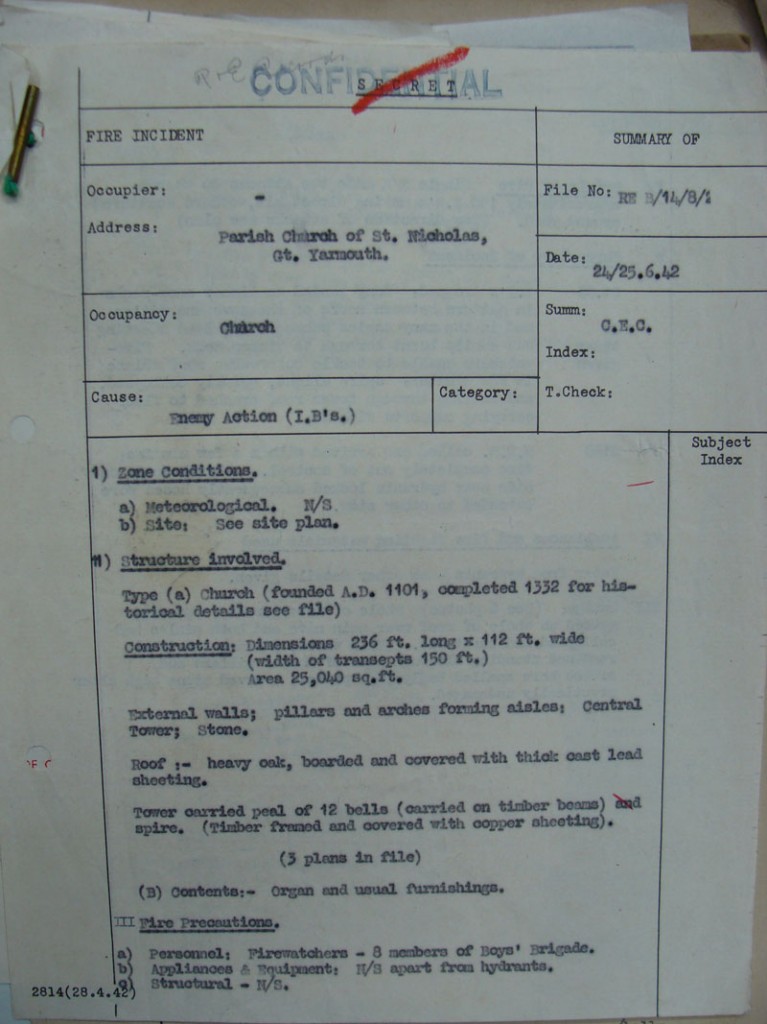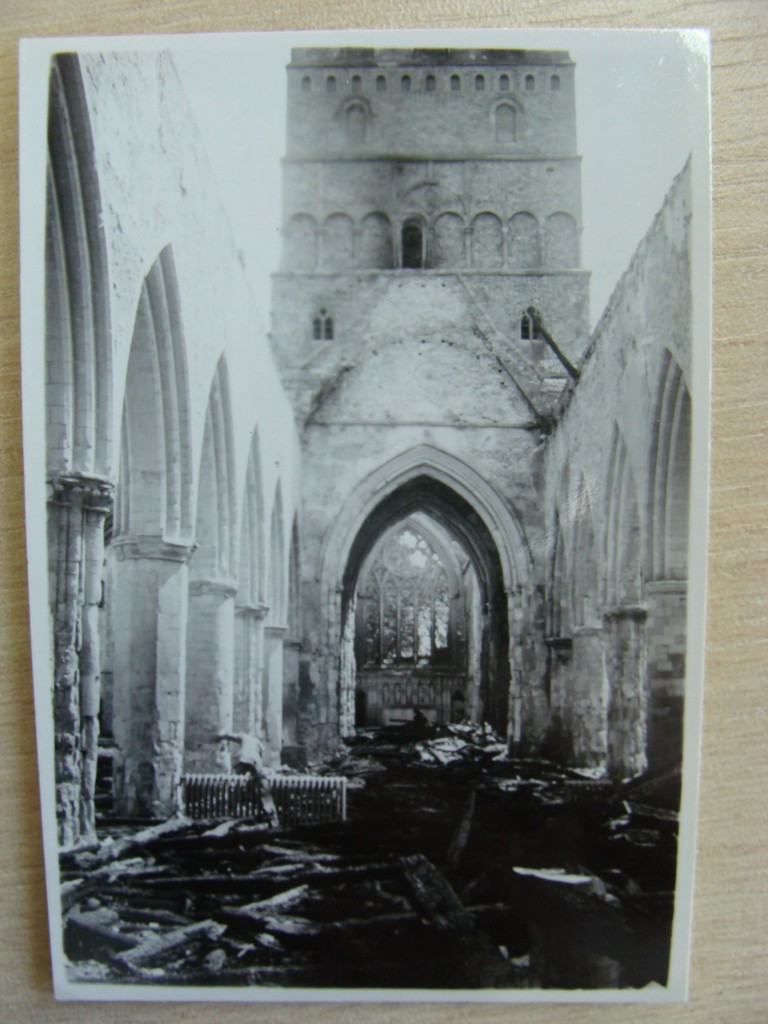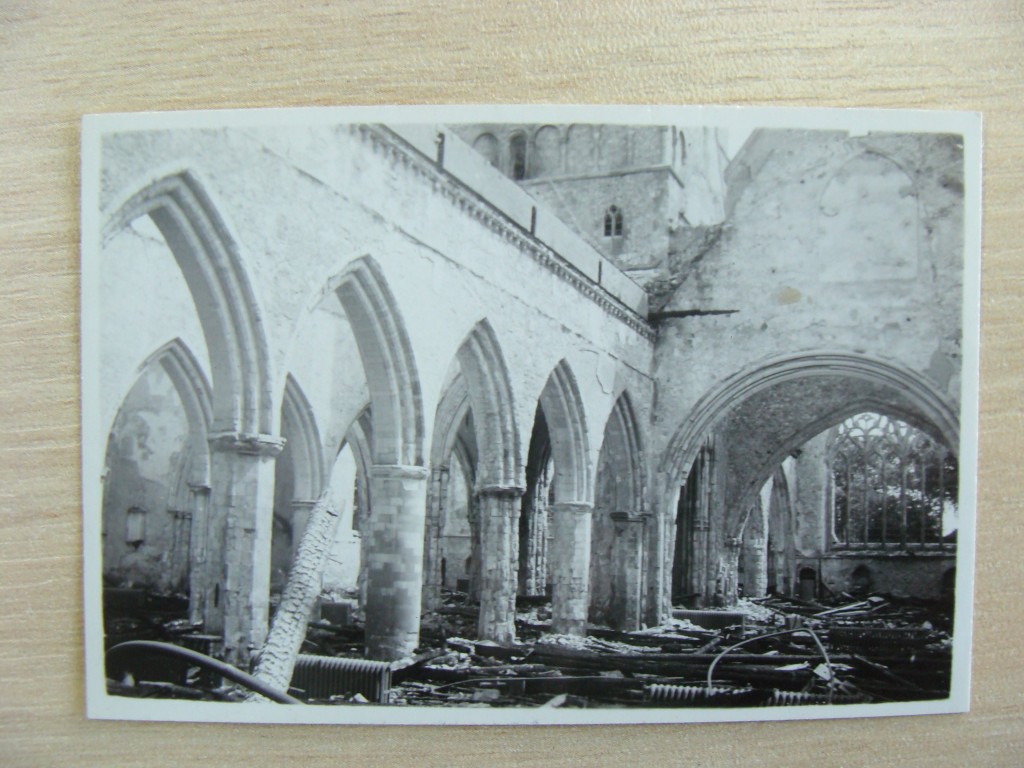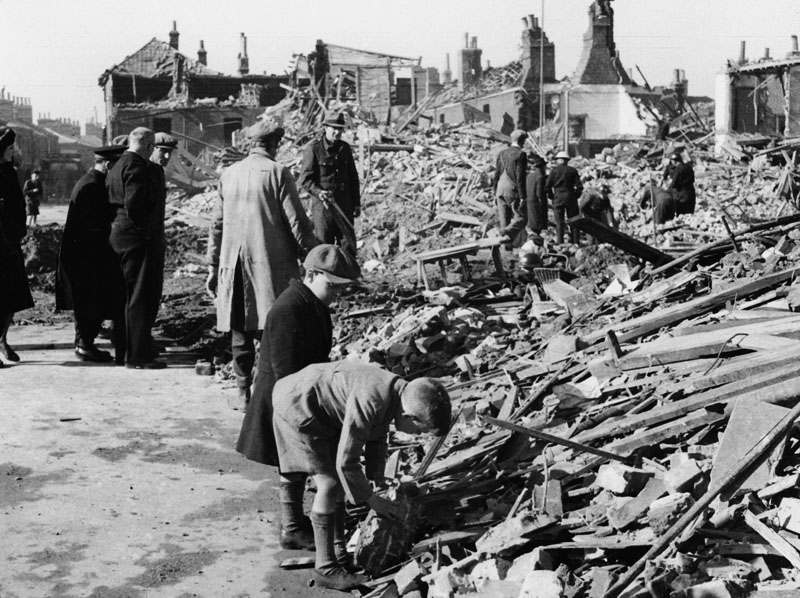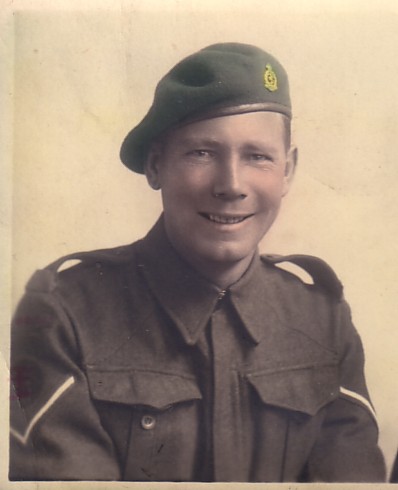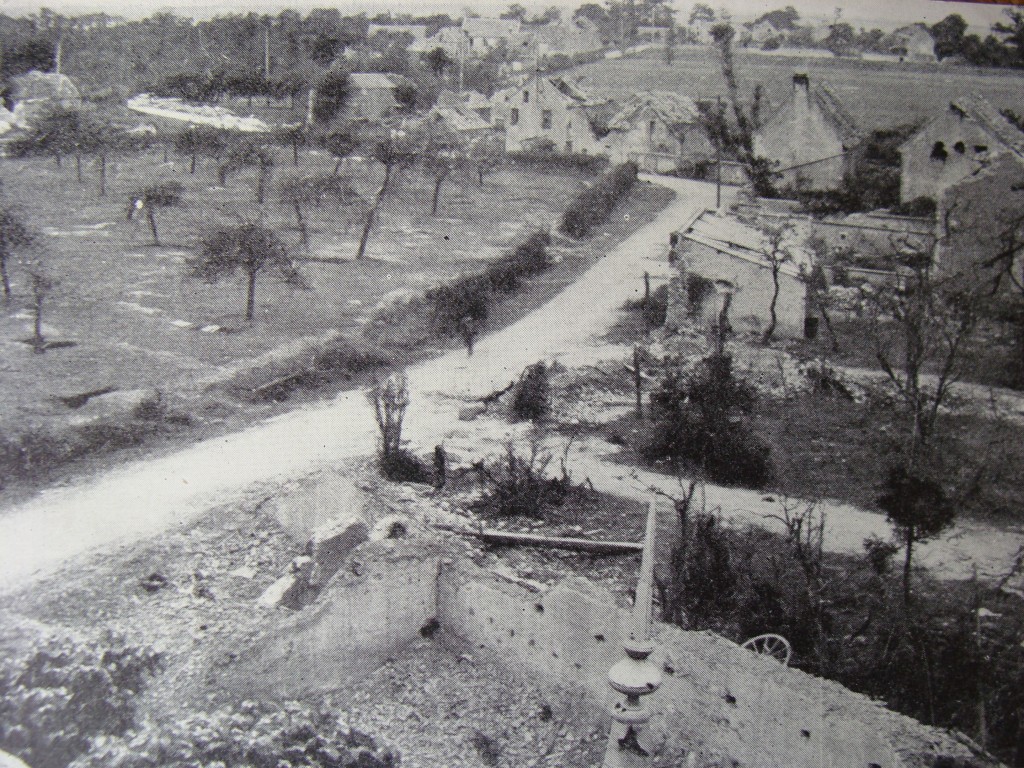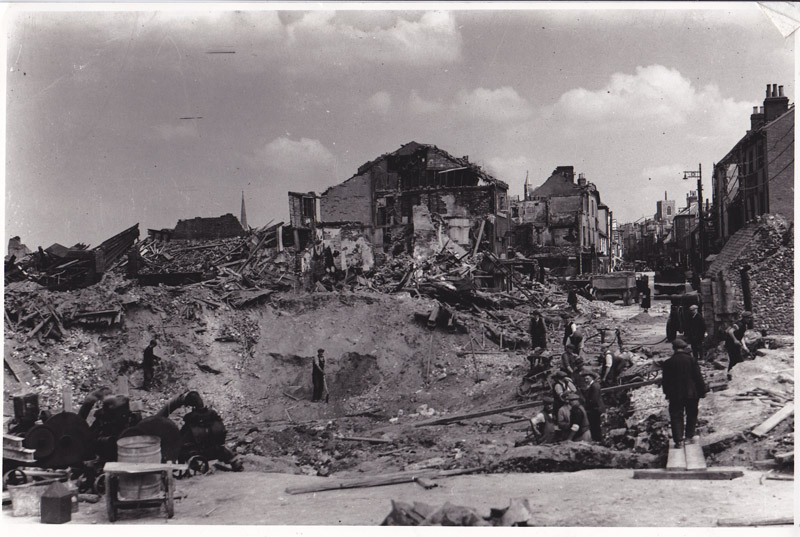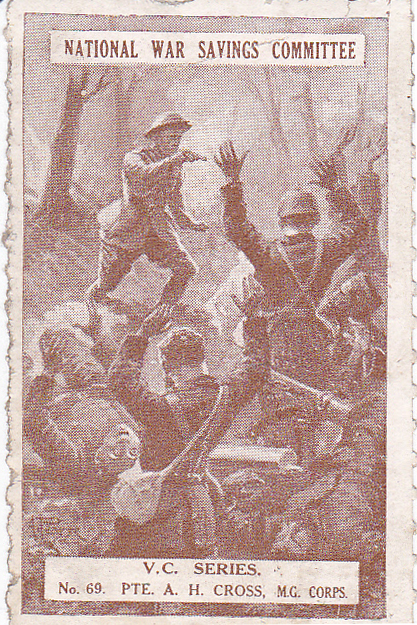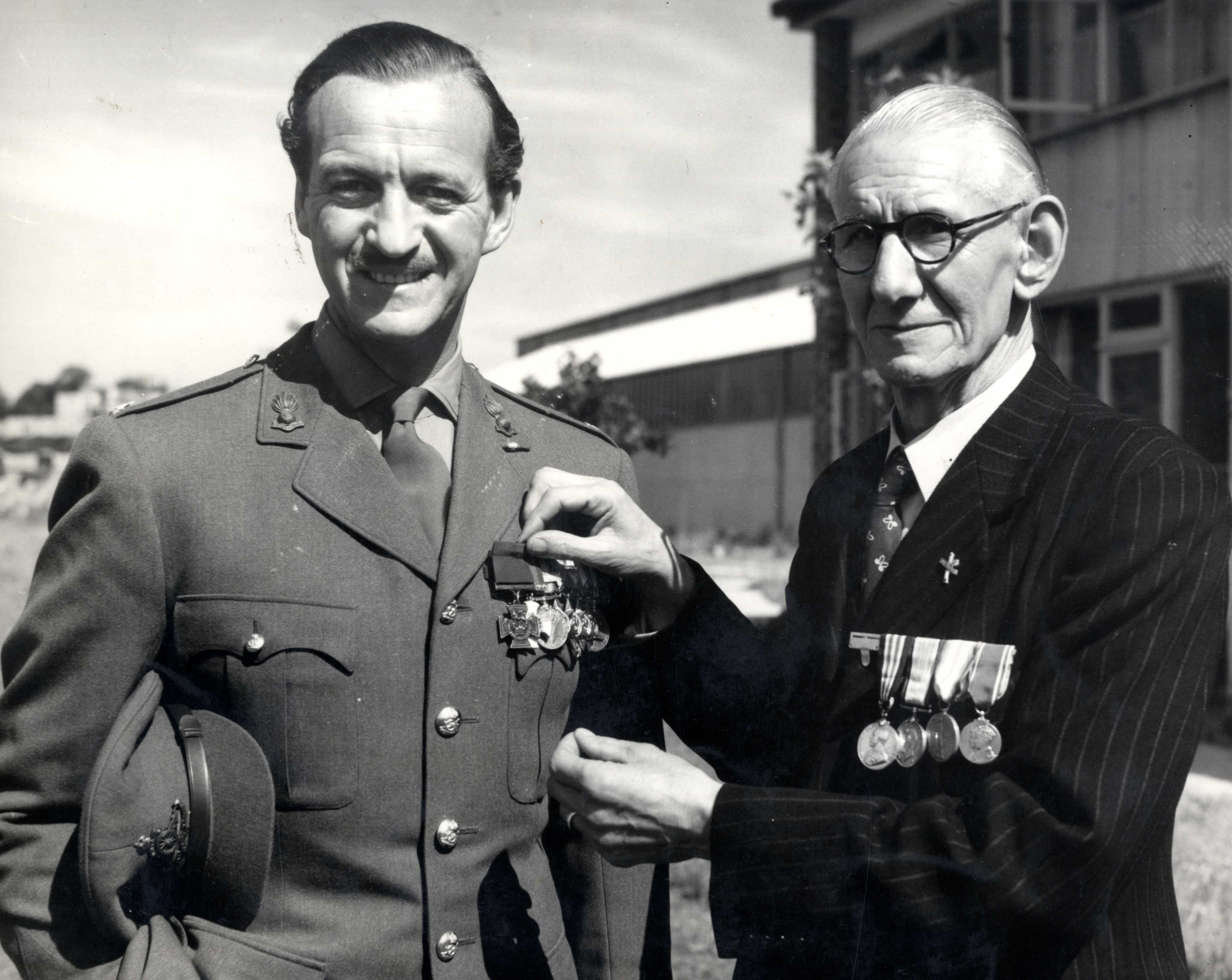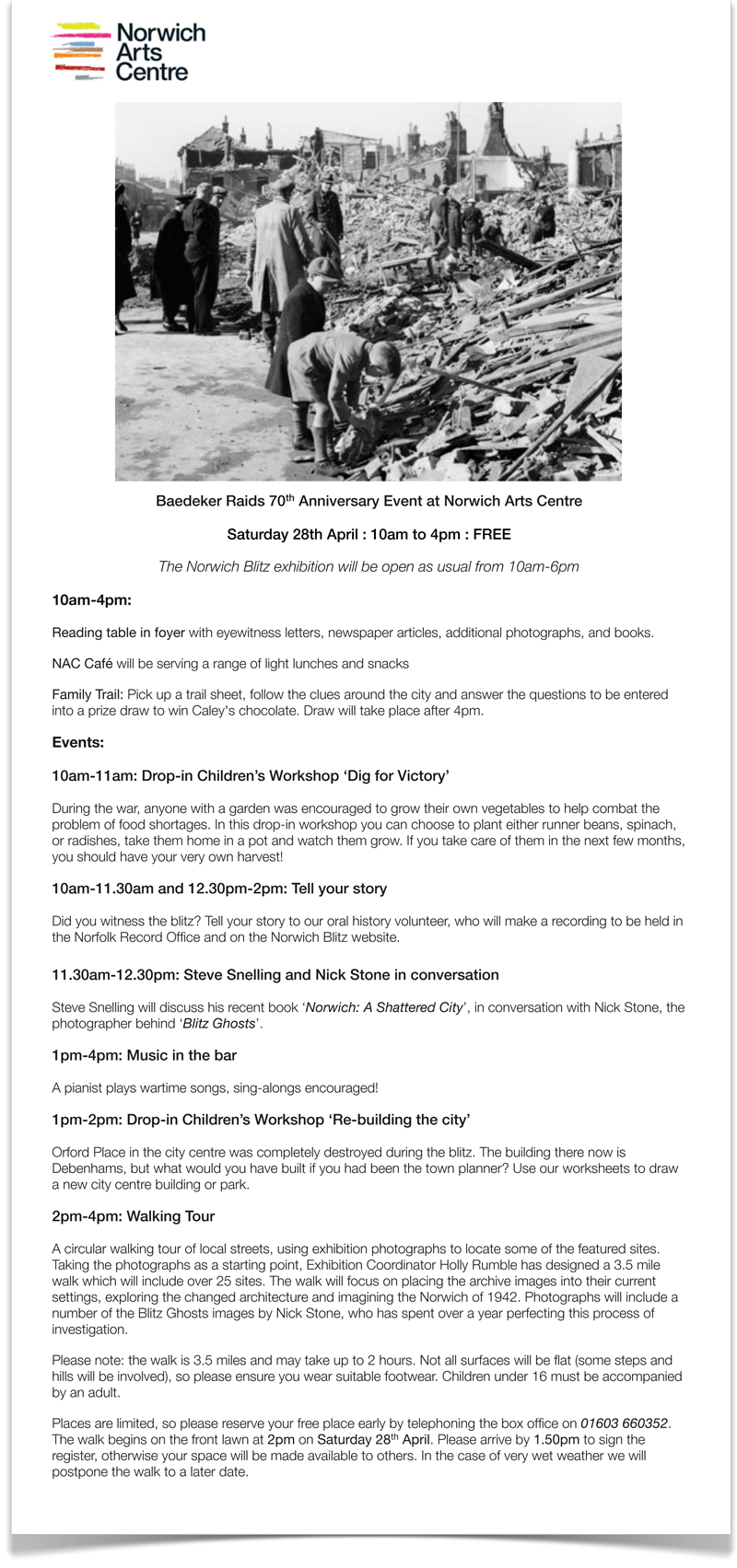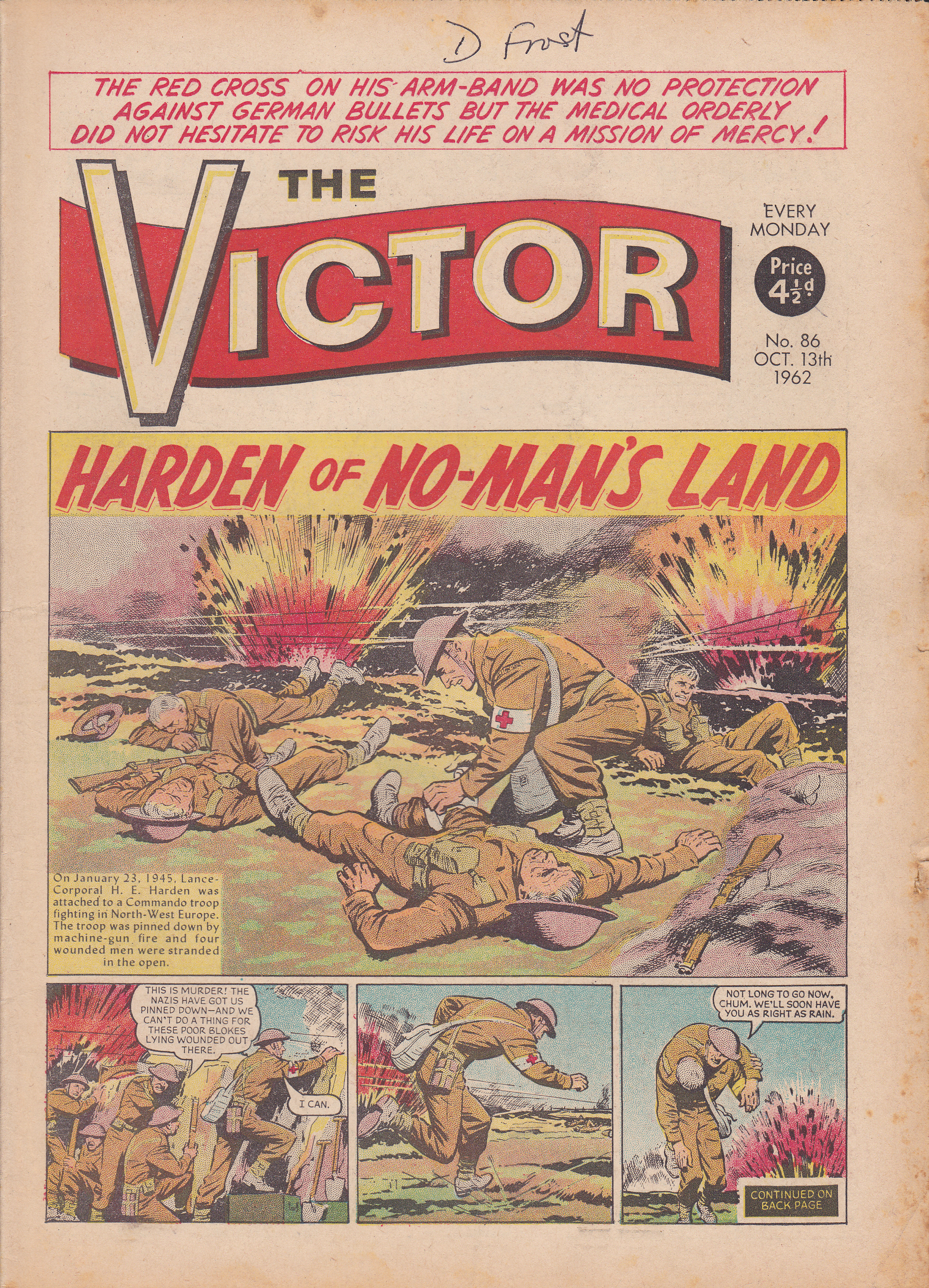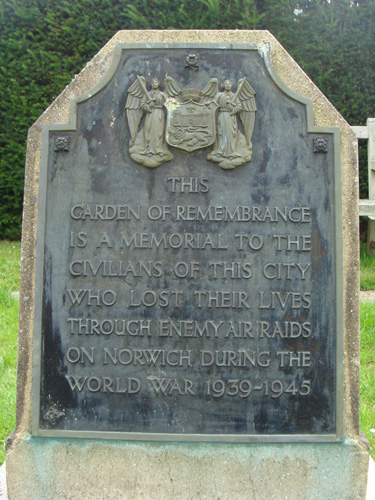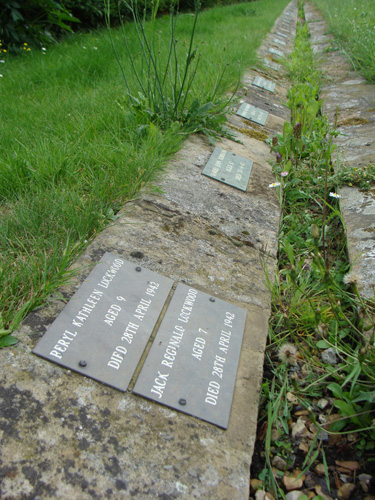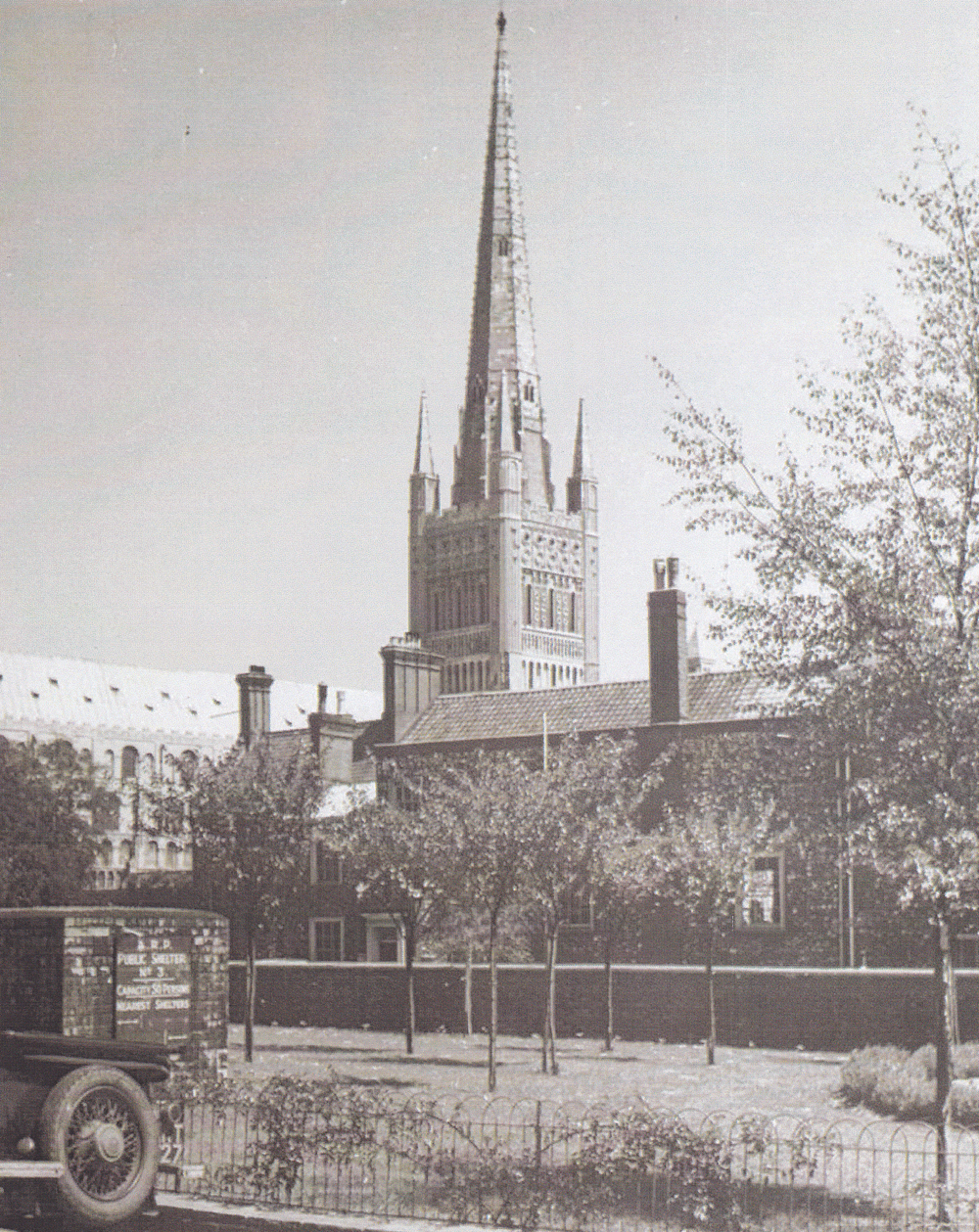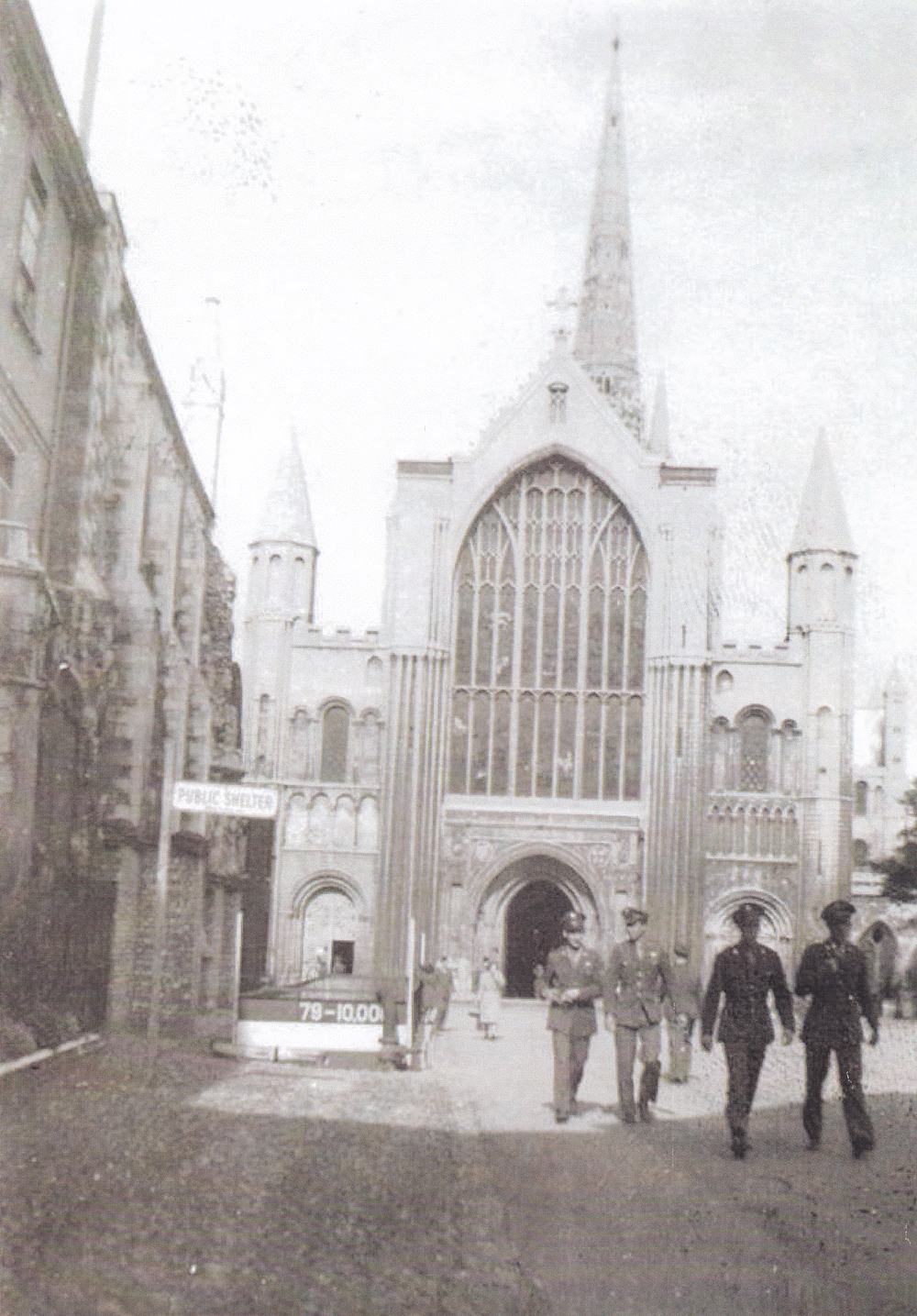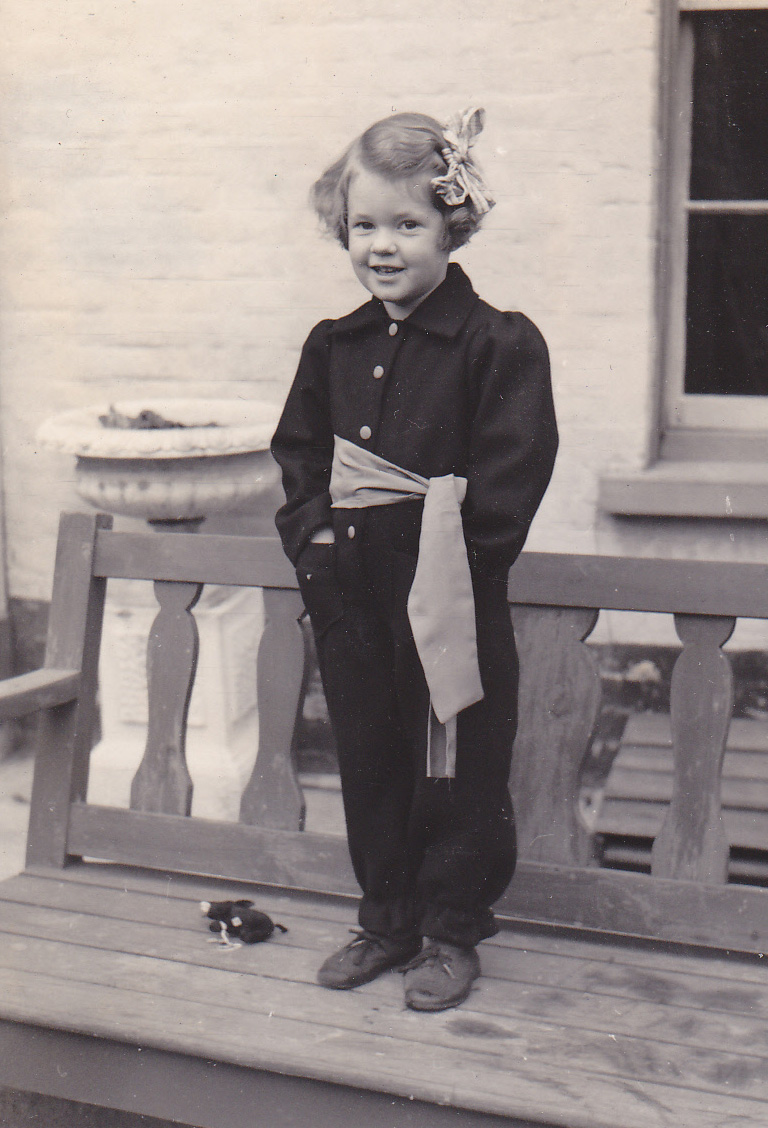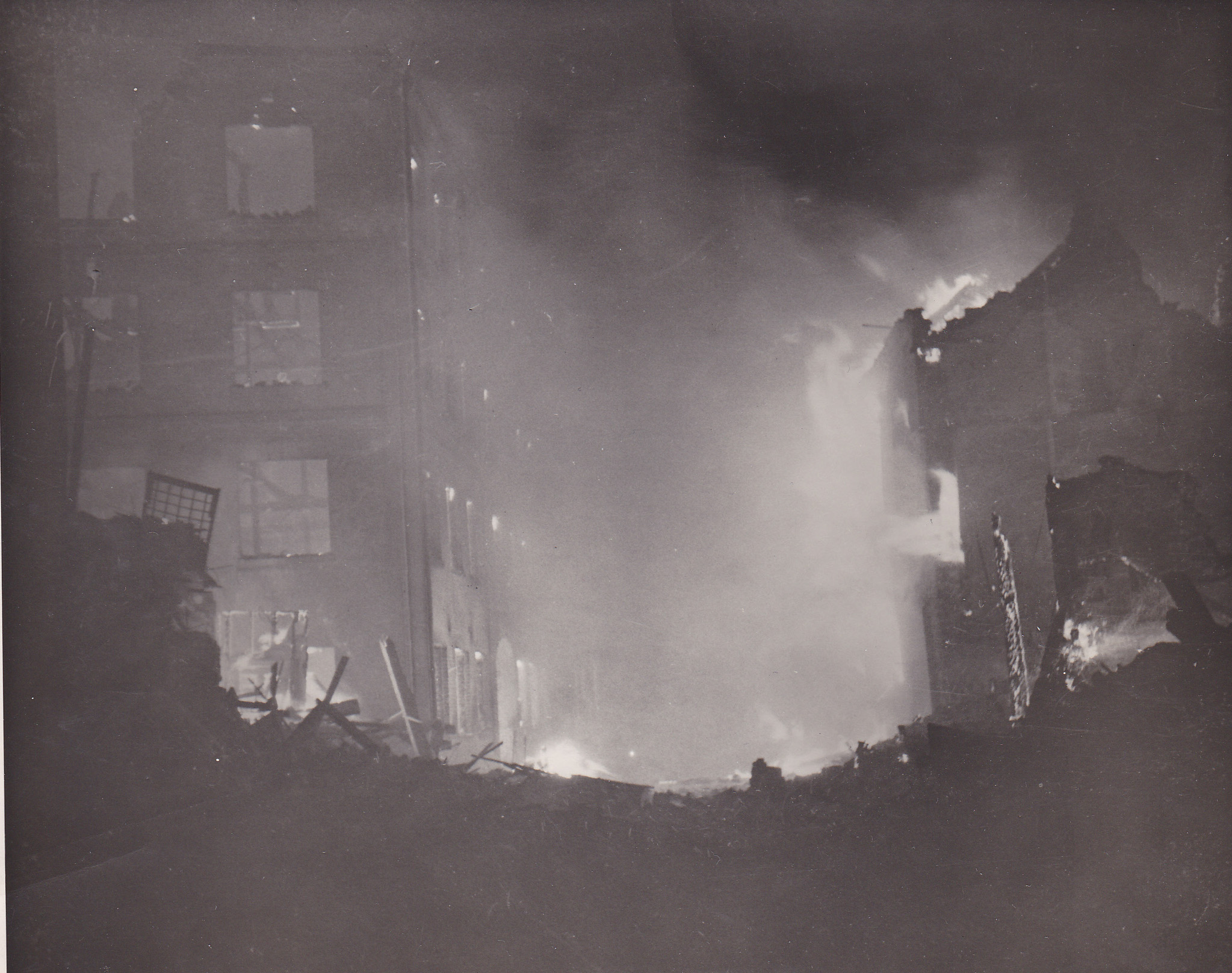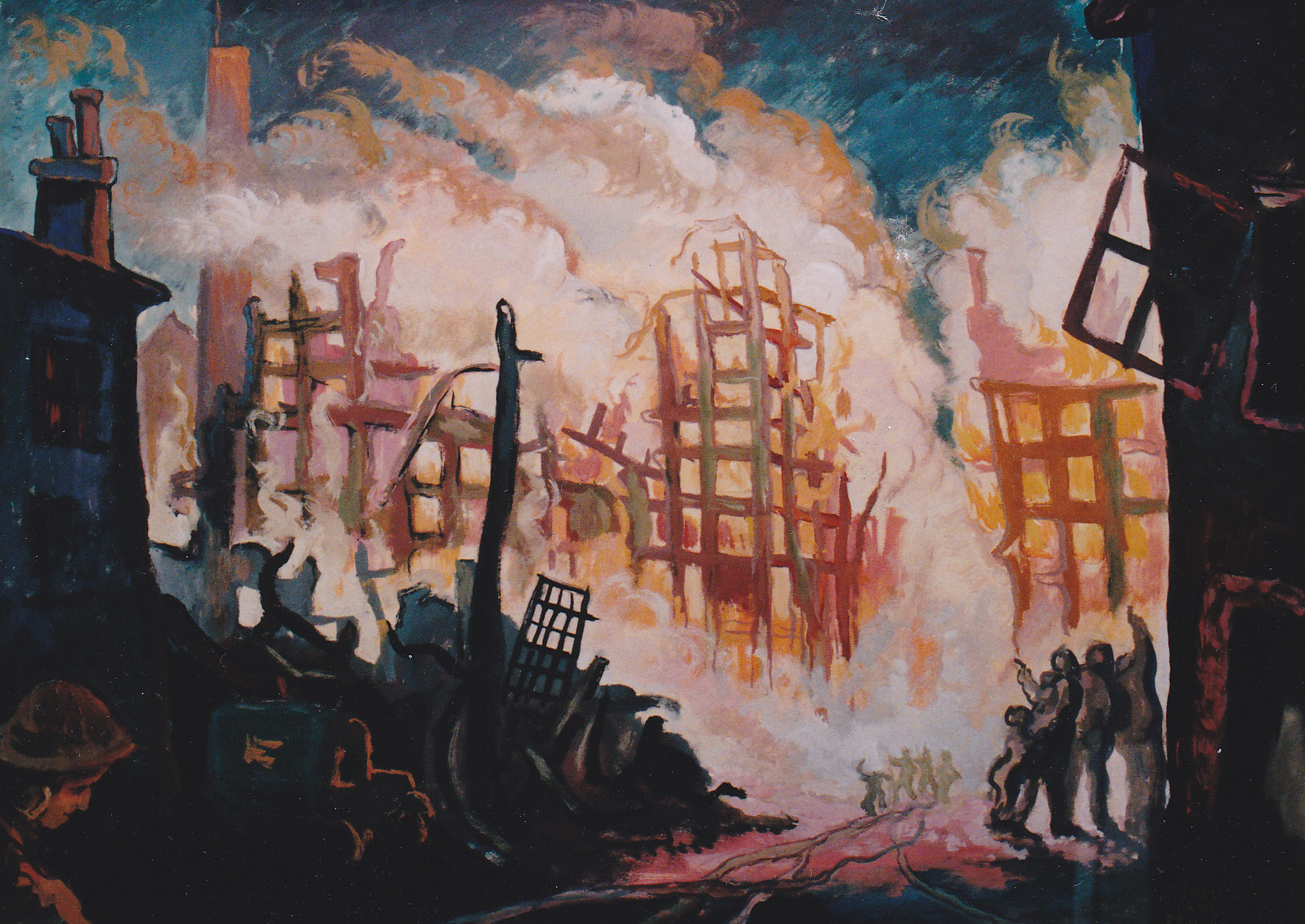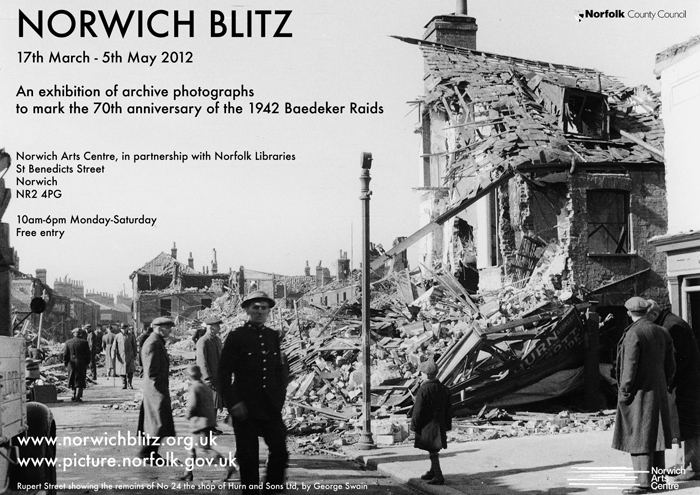I guess it’s what you might call sacrificing yourself for your art. There I was, one minute skipping up the staircase of the National Archives eager to sign in and begin the last lap of the research process for Commando Medic: Doc Harden VC. Then, the next minute, I was hobbling down the same steps like a sad old cripple barely able to put one foot in front of the other.
A split-second twist of the back as I got up out of my chair had rendered me virtually hors de combat; a casualty of historical investigation.
Through gritted teeth, I managed to carry on through an interminable and excruciatingly painful afternoon before facing up to the prospect of a long and uncomfortable journey home in the company of my old research partner Dick Rayner.
Still, at least, the effort – not to mention agony – was rewarded by some fascinating discoveries. As well as rooting out some useful information concerning Doc – most notably in the 1 Commando Brigade War Diaries and files relating to 45 RM Commando Honours and Awards – I managed to find some excellent material relating to two significant events in Norfolk’s wartime history which are fast approaching their 70th anniversaries.
The first relates to the compulsory evacuation of villages in Breckland in July 1942. Around 800 people were ordered out of their homes and off their land so that the army could create a training zone that would allow the men of Eastern Command to prepare for war in realistic conditions.
These people accepted their fate, in some cases even applauded the very people who were forcing them out, on the understanding that they would be able to return at the war’s end. Of course, they never did so. Thetford Battle Area remains one of the British army’s most notable training grounds.
All of this is well known. What I hadn’t realised until delving into the papers was the close personal interest taken in the ‘land grab’ by King George VI. Petitioned by Lord Walsingham, who stood to lose more than most, the King sought assurances from the government to ensure that the evacuees were fairly compensated and their properties protected. All in all, it’s a fascinating story just waiting to be told.
The other story that I wanted to investigate was the destruction by fire in June 1942 of Yarmouth’s parish church. The biggest parish church in the country fell victim to Luftwaffe incendiaries on the night of June 24/25, just a couple of nights before German bombers almost succeeded in burning down Norwich Cathedral. However, where the Norwich raid was planned, the attack on Yarmouth was almost certainly not – the German target for the night being Nuneaton.
One aircraft, thought to have made two bombing passes over the church, was reported to have showered the roof with incendiaries. These collected in the church’s timber snow racks and defeated all attempts by the meagre band of Boys Brigade firewatchers to douse them. Soon the lead covering had melted, exposing the roof timber work to the furnace-like flames. Within minutes, the church was beyond salvation. The soaring spire was soon a mass of flames and collapsed through the tower roof.
In the grim aftermath there was some recrimination over the time it took the National Fire Service to respond to the blaze, though it seems unlikely that they would have been able to prevent the catastrophe.
I’m planning to tell the story of the church’s destruction in an article for the Eastern Daily Press to be published around the time of the 70th anniversary. And I would dearly like to hear from anyone who can remember that terrible night and the dreadful consequences. If you have a story to tell about the night Yarmouth’s parish church went up in smoke then please respond via the comments area below, my website or email me at sjsnelling@sky.com You can also telephone me on 01603 435624.
For now, though, I’m off to lie down and rest my back…
